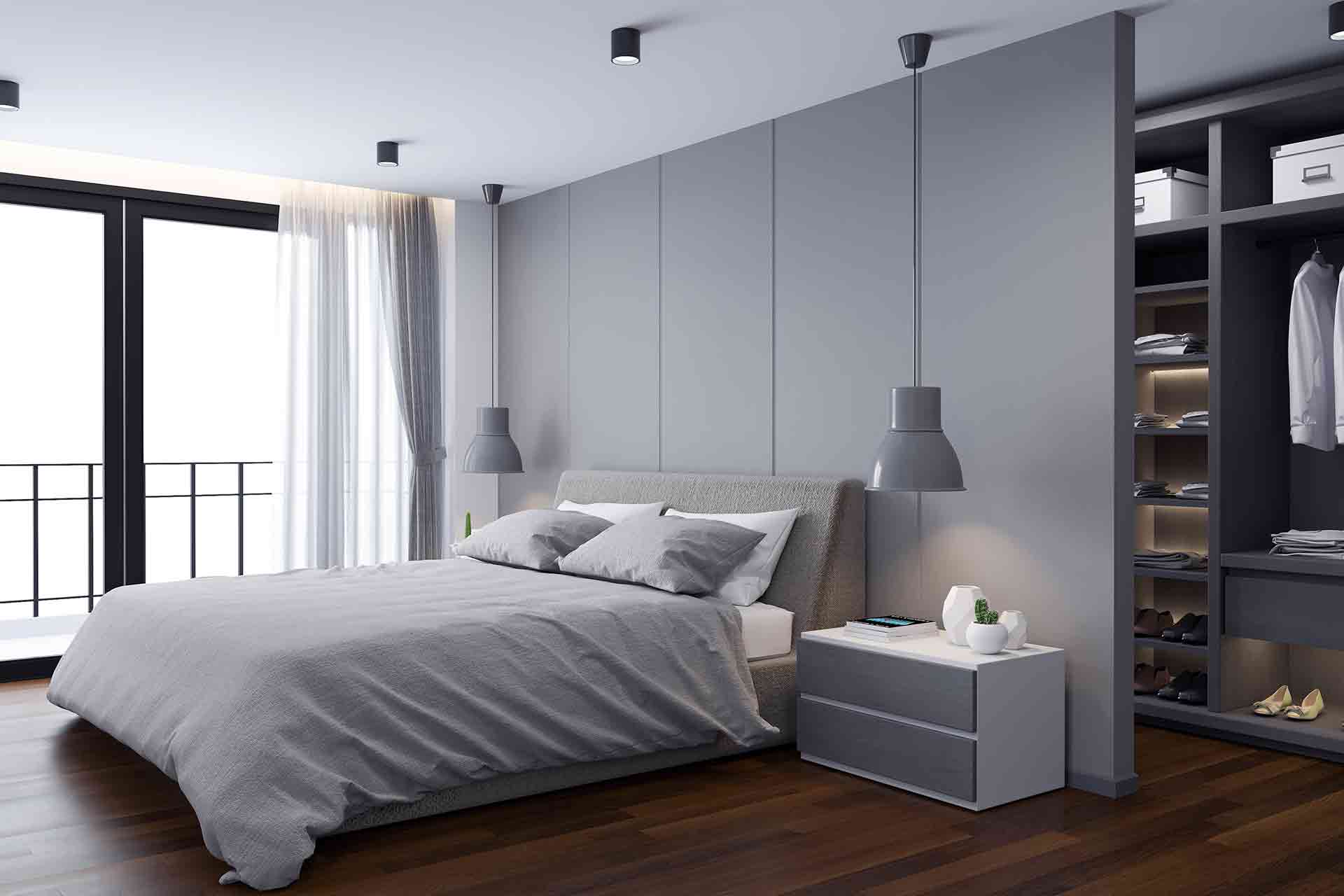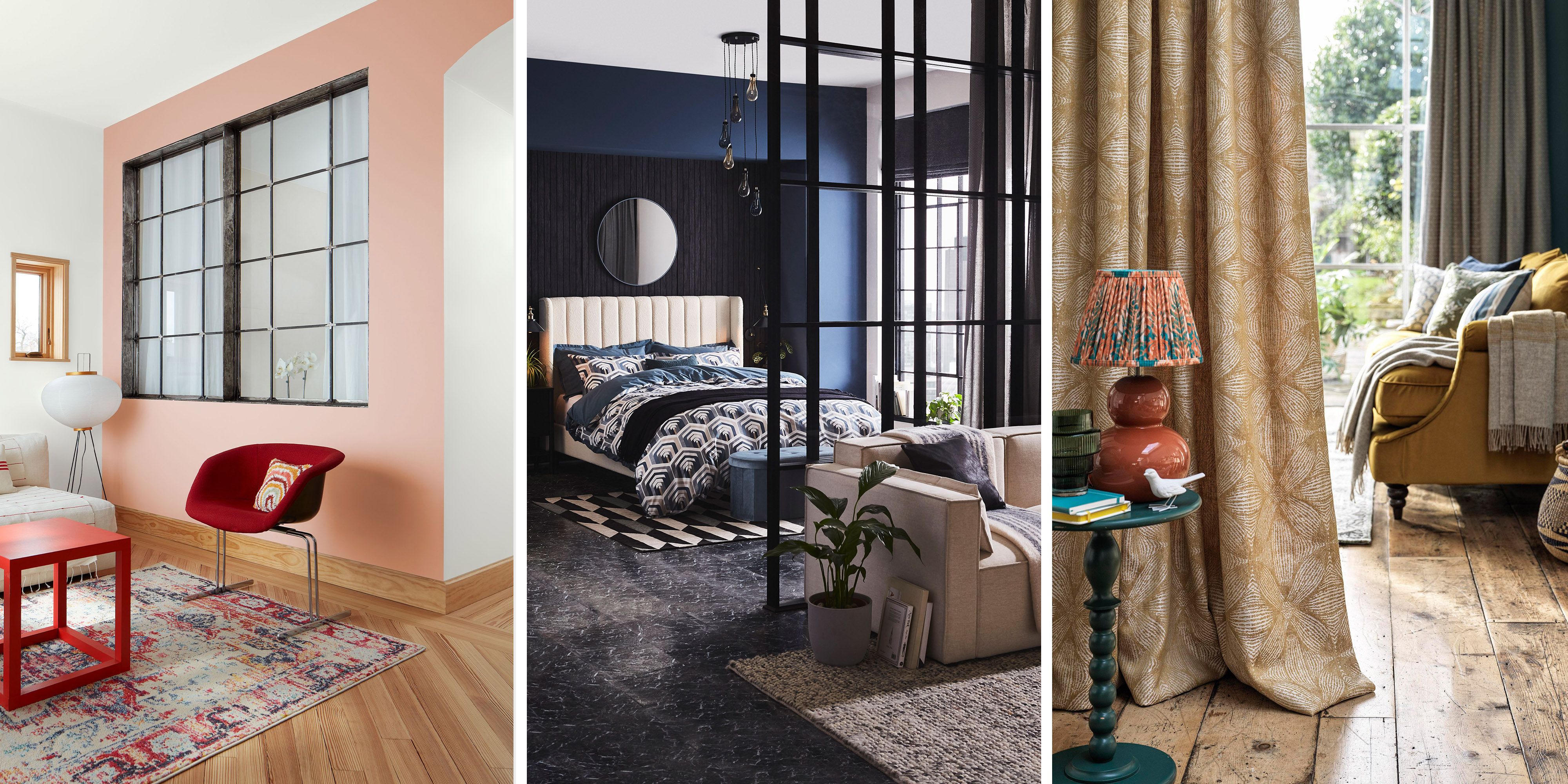Planning and Considerations: How To Split A One Bedroom Apartment

Splitting a one-bedroom apartment can be a great way to save money and share living space with a friend or partner. However, it’s crucial to approach this decision with careful planning and consideration.
Before you jump into splitting a one-bedroom apartment, it’s essential to understand the legal and ethical implications, establish clear agreements with your roommate, and meticulously assess various factors.
Legal and Ethical Implications
It’s vital to ensure that splitting a one-bedroom apartment aligns with your lease agreement and local regulations. Some landlords might prohibit subletting or having additional occupants in a one-bedroom apartment. Additionally, you should consider the ethical implications of potentially overcrowding the living space.
Roommate Agreement
A clear and comprehensive roommate agreement is essential for a harmonious living experience. This agreement should Artikel responsibilities, rent distribution, lease terms, and other relevant details.
- Responsibilities: Clearly define each roommate’s responsibilities, including chores, shared expenses, and maintenance tasks. For example, one roommate could be responsible for cleaning the kitchen, while the other handles laundry duties.
- Rent Distribution: Establish a fair and transparent method for splitting rent and utilities. This could involve a fixed percentage, equal shares, or a system based on individual usage.
- Lease Terms: Discuss and agree on the duration of the lease, the process for renewing the lease, and the consequences of breaking the lease.
Essential Considerations
A thorough checklist of essential items will help you make an informed decision.
- Budget: Carefully analyze your individual budgets and determine if splitting the rent will be financially feasible. Consider potential additional expenses, such as utilities, internet, and groceries.
- Privacy Needs: Evaluate your privacy needs and ensure the apartment layout allows for adequate personal space. Discuss how you will manage privacy, such as designated areas or schedules for shared spaces.
- Potential Conflicts: Be realistic about potential conflicts and discuss how you will address them. Establish clear communication channels and conflict resolution strategies to maintain a positive living environment.
Finding a Compatible Roommate, How to split a one bedroom apartment
Finding a compatible roommate can significantly impact your living experience.
- Online Resources: Utilize online platforms like Craigslist, Facebook groups, and roommate-finding websites to connect with potential roommates. Carefully screen candidates and request references.
- Recommendations: Seek recommendations from friends, family, or colleagues who might know someone suitable for a roommate situation.
Space Optimization and Design

Transforming a one-bedroom apartment into a comfortable and functional living space for two requires careful planning and strategic design choices. Optimizing space is crucial for creating separate living areas for each roommate while maintaining a sense of privacy and functionality.
Furniture Arrangements for Optimized Space and Privacy
To maximize space and offer privacy, consider furniture arrangements that define distinct areas within the apartment.
- Living Area: Position a sofa or a comfortable seating area facing a television or a focal point, such as a fireplace or a window with a view. Place a coffee table in front of the seating area for drinks and snacks.
- Dining Area: A small dining table and chairs can be placed near the kitchen or in a corner of the living area, creating a separate space for meals.
- Sleeping Area: The bedroom can be partitioned using a room divider, a curtain, or a screen to create a separate sleeping space.
- Work Area: If both roommates need a dedicated workspace, consider using a desk with drawers for storage or a fold-down desk that can be tucked away when not in use.
Dividers, Curtains, and Screens for Visual Separation
Dividers, curtains, or screens can be effective in creating visual separation between different areas of the apartment.
- Room Dividers: Room dividers are freestanding structures that can be used to partition a space, providing a sense of privacy and creating distinct areas.
- Curtains: Hanging curtains on a rod or track can create a visual barrier, offering privacy and defining separate spaces.
- Screens: Folding screens are versatile and portable, allowing you to easily create temporary partitions or define different zones within the apartment.
Utilizing Vertical Space for Storage and Organization
Maximizing vertical space is essential for maximizing storage and keeping the apartment organized.
- Shelves: Open shelving can be installed on walls to display items and provide storage space.
- Cabinets: Cabinets with doors can be used to store items that need to be hidden from view.
- Wall-mounted Storage: Utilize wall-mounted storage solutions, such as hooks, baskets, or shelves, to store items that are frequently used.
Practical Considerations and Resources

Successfully splitting a one-bedroom apartment requires careful planning and consideration. This section delves into the practical aspects, including finding roommates, establishing agreements, and navigating the legal complexities of subletting.
Finding Roommates
Finding compatible roommates is crucial for a harmonious living arrangement. Several resources can help you in your search.
- Online Platforms: Websites like Craigslist, Roomster, and Facebook groups offer a wide range of roommate options. You can filter your search based on location, budget, and lifestyle preferences.
- Local Community Groups: University campuses, community centers, and neighborhood associations often have bulletin boards or online forums where people advertise for roommates.
- Roommate Matching Services: Specialized services like SpareRoom and Roomi use algorithms to match potential roommates based on personality traits, lifestyle habits, and shared interests.
Roommate Agreements
A comprehensive roommate agreement Artikels expectations, responsibilities, and procedures for resolving conflicts.
- Rent and Utilities: Specify how rent and utility bills will be divided, including payment deadlines and consequences for late payments.
- Shared Spaces: Define rules for using common areas like the kitchen, bathroom, and living room. This might include noise levels, cleaning schedules, and guest policies.
- Personal Property: Address the handling of personal belongings, including storage arrangements and liability for damages.
- Conflict Resolution: Establish a process for addressing disagreements, such as mediation or a formal complaint system.
Subletting Legally
Subletting a room in a one-bedroom apartment involves legal considerations.
- Landlord Approval: Contact your landlord and inquire about their subletting policy. Most leases have clauses that either prohibit or allow subletting with specific conditions.
- Sublease Agreement: Draft a legally binding sublease agreement that Artikels the terms of the sublet, including rent, utilities, and responsibilities.
- Background Check: Conduct a background check on your potential subtenant to ensure their suitability.
- Documentation: Maintain copies of all relevant documents, including the sublease agreement, communication with your landlord, and proof of payment.
Resolving Roommate Conflicts
Open communication, active listening, and compromise are key to maintaining a harmonious living environment.
- Address Issues Promptly: Don’t let small issues escalate into major conflicts. Discuss concerns openly and respectfully.
- Find Common Ground: Focus on finding solutions that benefit both roommates.
- Seek Mediation: If communication breaks down, consider involving a neutral third party to facilitate a resolution.
How to split a one bedroom apartment – Splitting a one-bedroom apartment can be tricky, especially when you want to create separate, functional spaces. One approach is to use a room divider, perhaps a stylish bookshelf or a screen, to visually separate the sleeping area from a dedicated workspace or living area.
If you’re looking for a calming and sophisticated feel, consider incorporating some blue grey bedroom ideas into your design. The cool tones of blue grey can promote a sense of tranquility, which is perfect for creating a relaxing space in a shared apartment.
Splitting a one-bedroom apartment can be a creative challenge, but it’s a reminder that space is often more about how we use it than its size. Sometimes, the solution isn’t about squeezing more into a small space, but about envisioning a larger canvas.
For those with dreams of spacious living, exploring 4 bedroom house designs and plans can inspire new ideas for maximizing every inch. The principles of efficient layout and smart design, often honed in small spaces, can translate beautifully to larger homes, ultimately offering the flexibility to divide a one-bedroom apartment into functional zones while still feeling like a true home.